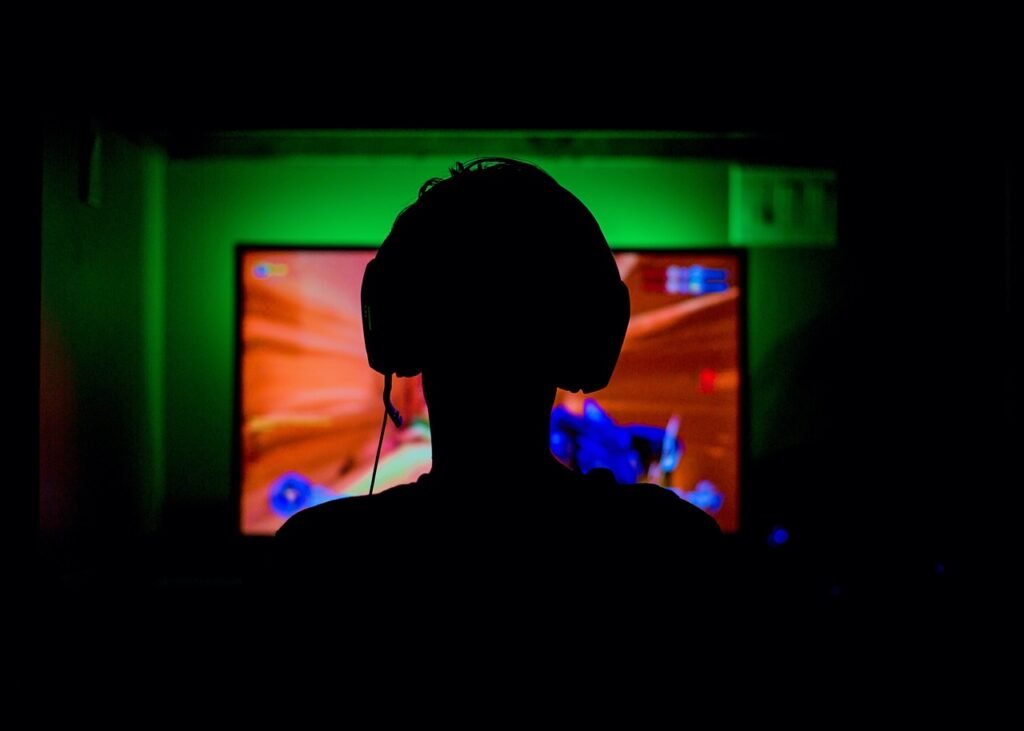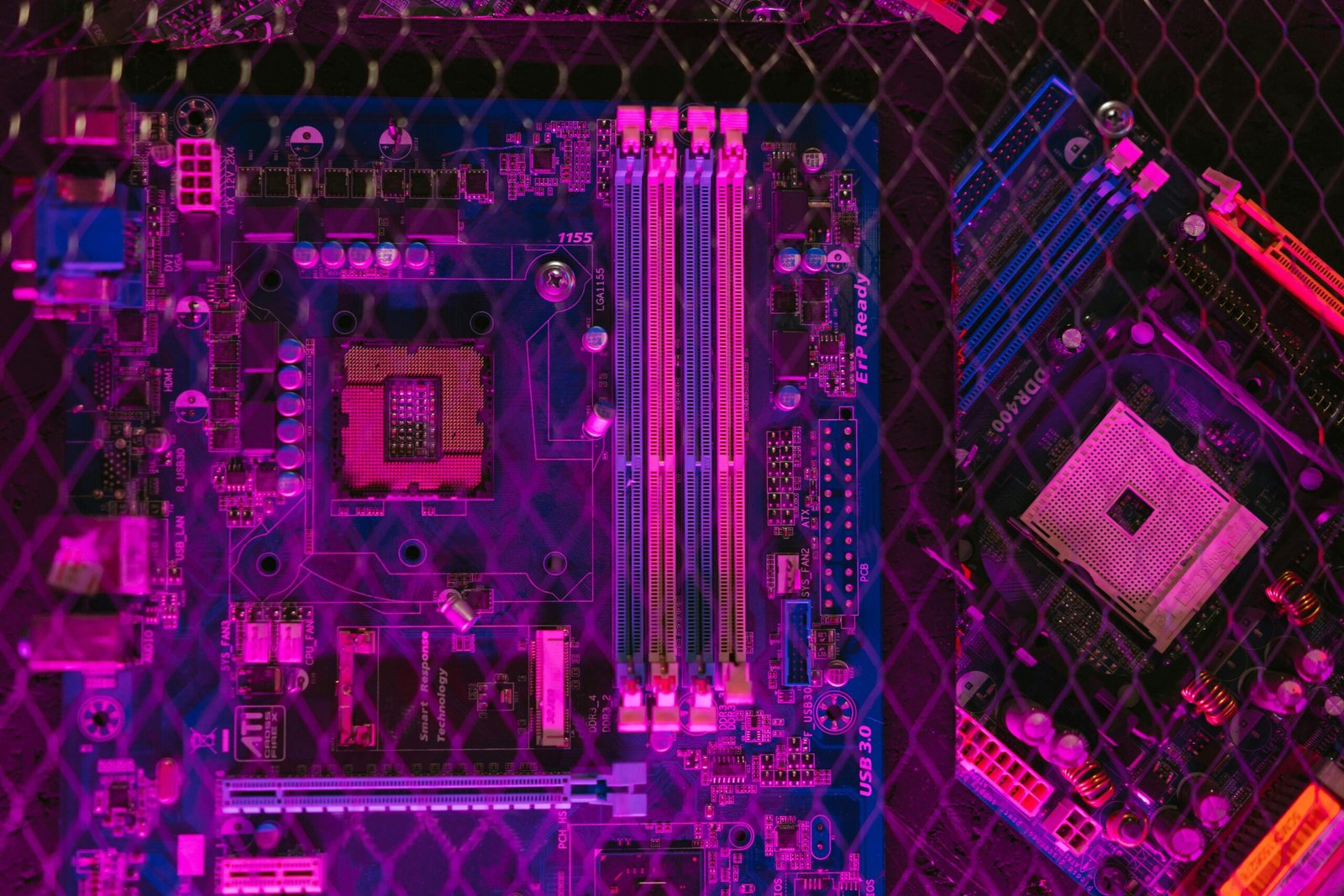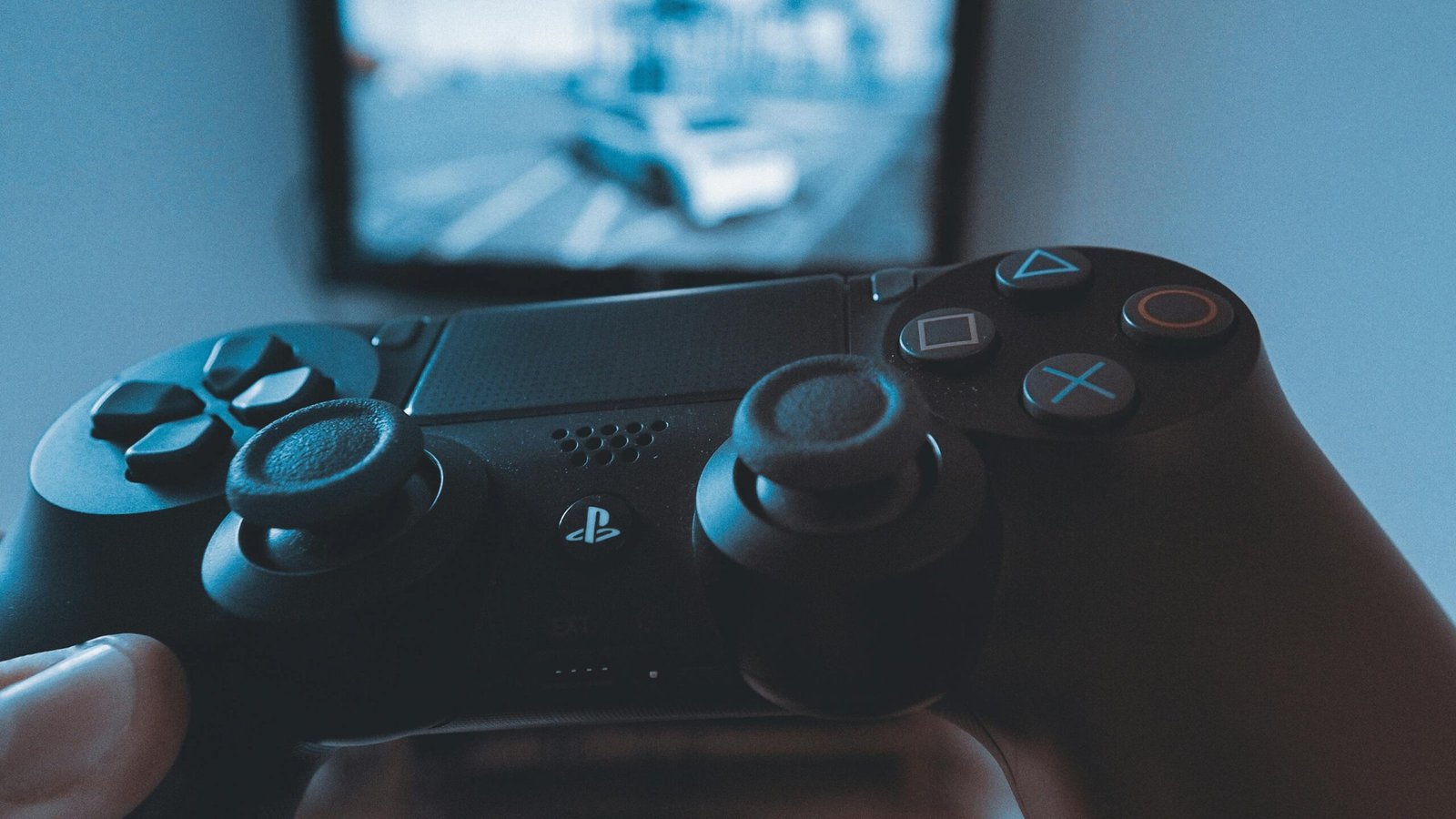AI in Gaming: A Double-Edged Sword for Performers

- Video game performers are concerned about the unregulated use of AI in the industry.
- AI could potentially replicate performances without consent, reducing job opportunities.
- SAG-AFTRA went on strike over AI protections after negotiations with game industry giants broke down.
- The use of AI in gaming raises ethical and legal questions about performers’ rights.
In the rapidly evolving world of video gaming, a new concern has emerged among the performers who bring the characters to life: the unregulated use of artificial intelligence (AI). Noshir Dalal, a motion capture actor known for his role as Bode Akuna in Star Wars Jedi: Survivor, has voiced his concerns about the potential misuse of AI in the industry. Dalal’s fears are shared by many in the industry, leading to a strike by the Screen Actors Guild-American Federation of Television and Radio Artists (SAG-AFTRA) in late July.
Dalal’s concerns stem from his experiences in the physically demanding world of motion capture. For hours, sensors attached to his body tracked his movements as he performed aerial strikes, overhead blows, and single-handed attacks for a video game. The physical strain and long hours of this work are part of the reason why he believes all video-game performers should be protected equally from the use of unregulated AI.
The fear is that AI could be used to replicate one performance into a number of other movements without the performer’s consent. This could potentially reduce or even eliminate job opportunities for video game performers. Dalal argues that if motion-capture actors only make money for the work they do on a given day, the use of AI could lead to a situation where they are not brought back for further work, and are not informed or compensated for the use of their performances in other contexts.
AI and Performers: A Tug of War
This concern led SAG-AFTRA to go on strike after more than 18 months of negotiations over a new interactive media agreement with game industry giants broke down over AI protections. The performers are not against the use of AI, but they are worried that the technology could provide studios with a means to displace them.

Dalal took it personally when he heard that the video game companies negotiating with SAG-AFTRA over a new contract wanted to consider some movement work as “data” and not performance. He argues that gamers interact with the work of motion capture artists and stunt performers more than they do with the work of voice actors, and that these performers are the ones selling the world these games live in.
The use of AI in video game development could change the traditional process of motion capture and voice acting. Instead of needing to repeatedly record new motion capture sessions for similar movements or performances, animators can use AI to analyze and adapt existing data to create new content. This means that a single performance could be the basis for a wide range of in-game actions, reducing the need for actors to physically perform each new animation.
The Industry’s Response and Historical Precedents
In response to the demands of SAG-AFTRA, game companies have offered wage increases, with an initial 7% increase in scale rates, followed by an additional 7.64% increase effective in November, amounting to a total increase of 14.5% over the life of the proposed contract. They have also agreed to improvements in per diems, payment for overnight travel, and enhancements to overtime rates and bonus payments.
However, the negotiations have reached an impasse over the issue of AI protections. The union is particularly concerned about the definition of performer in the contract, as it impacts who is protected by these new provisions.
The use of AI in the entertainment industry is not a new phenomenon. In the past, there have been instances where AI has been used to recreate performances of deceased actors, such as in the case of Peter Cushing in Star Wars: Rogue One. However, the use of AI in this context was done with the consent of the actor’s estate. The current situation in the video game industry is different, as it involves the potential use of AI to replicate the performances of living actors without their consent.
In conclusion, the use of AI in the video game industry presents both opportunities and challenges. While it can potentially streamline the process of game development and create more immersive gaming experiences, it also raises important ethical and legal questions about the rights of performers. As the industry continues to evolve, it will be crucial to find a balance that respects the rights of performers while also harnessing the potential of AI technology. The ongoing negotiations and strike by SAG-AFTRA highlight the importance of this issue and the need for clear, fair agreements that protect the rights and contributions of video game performers.













Post Comment